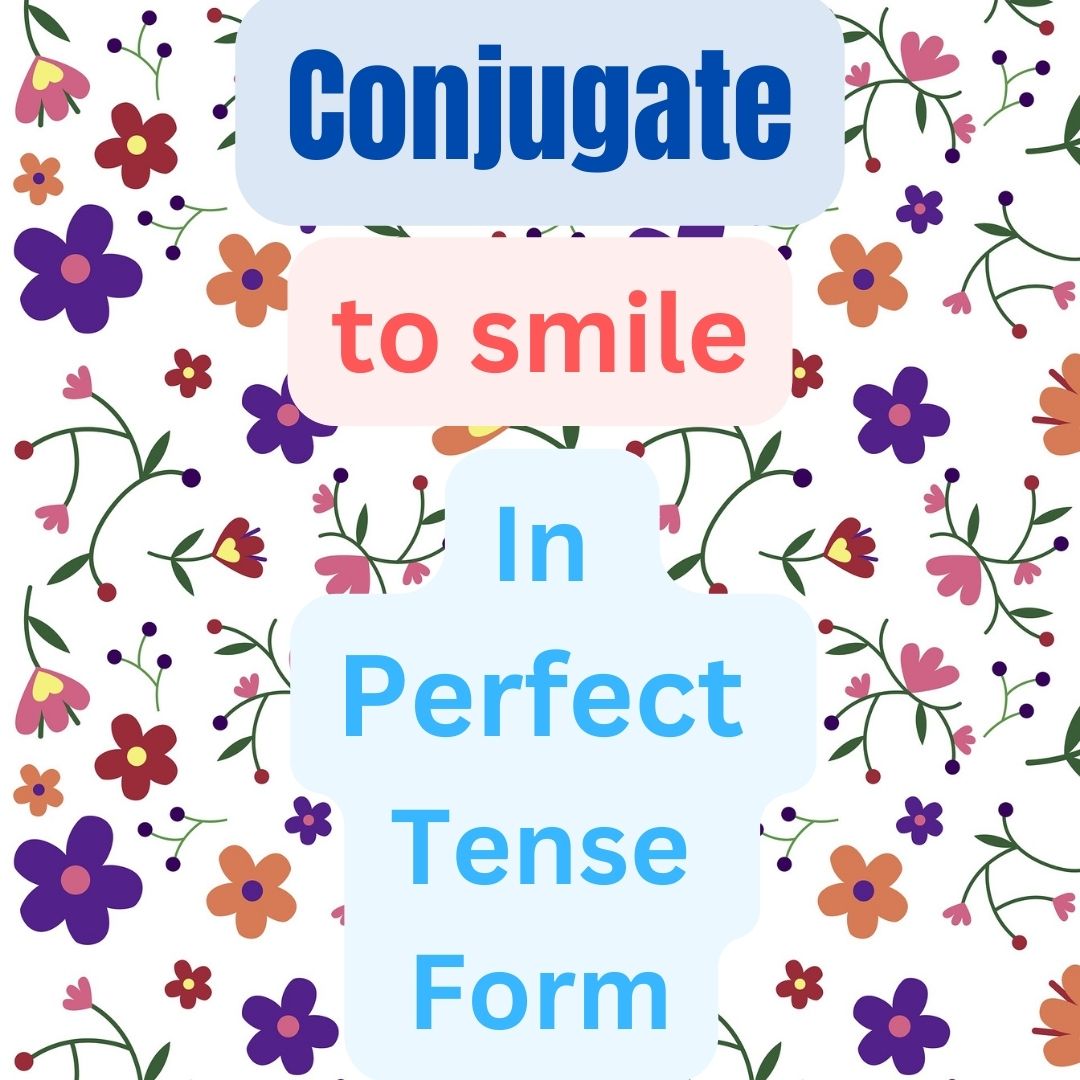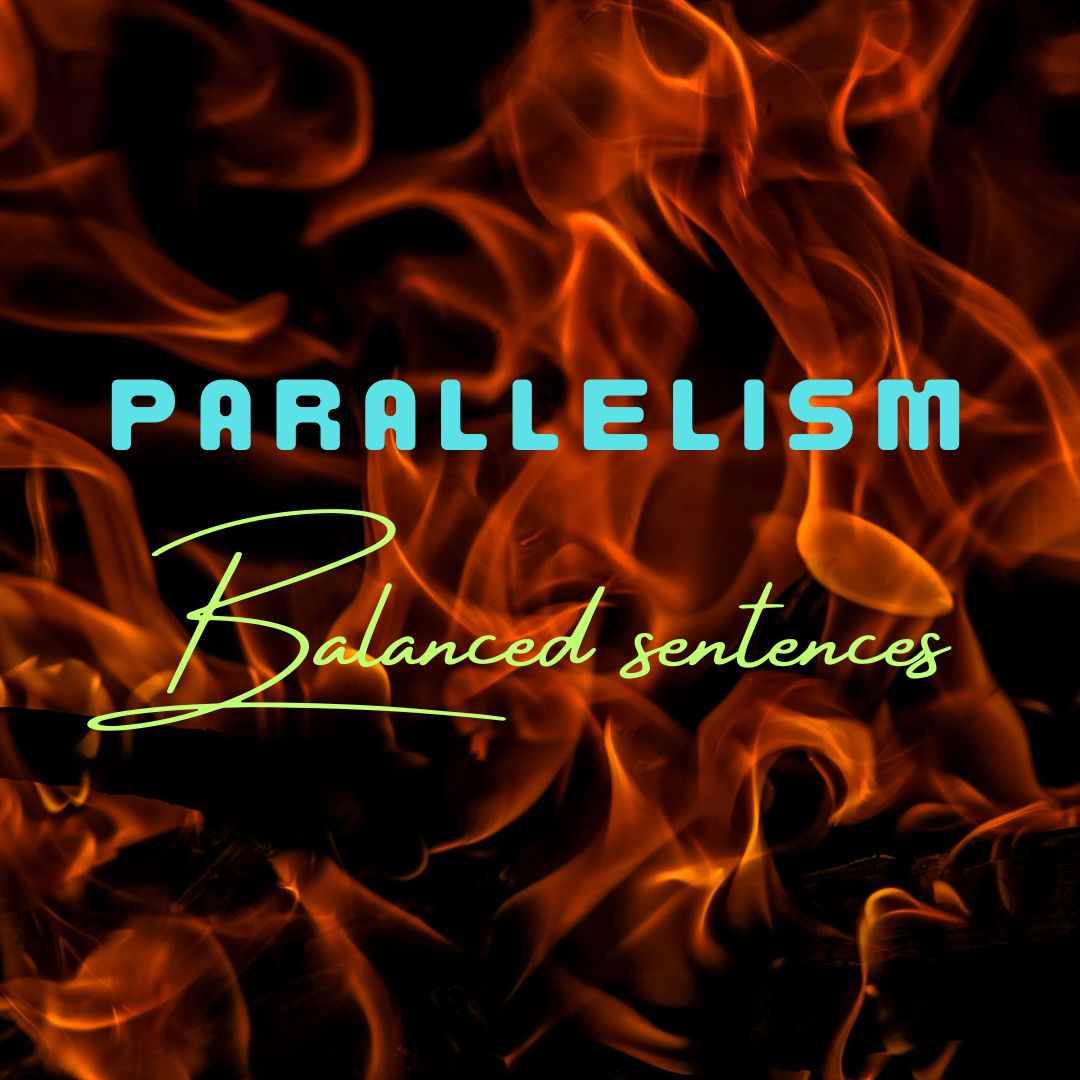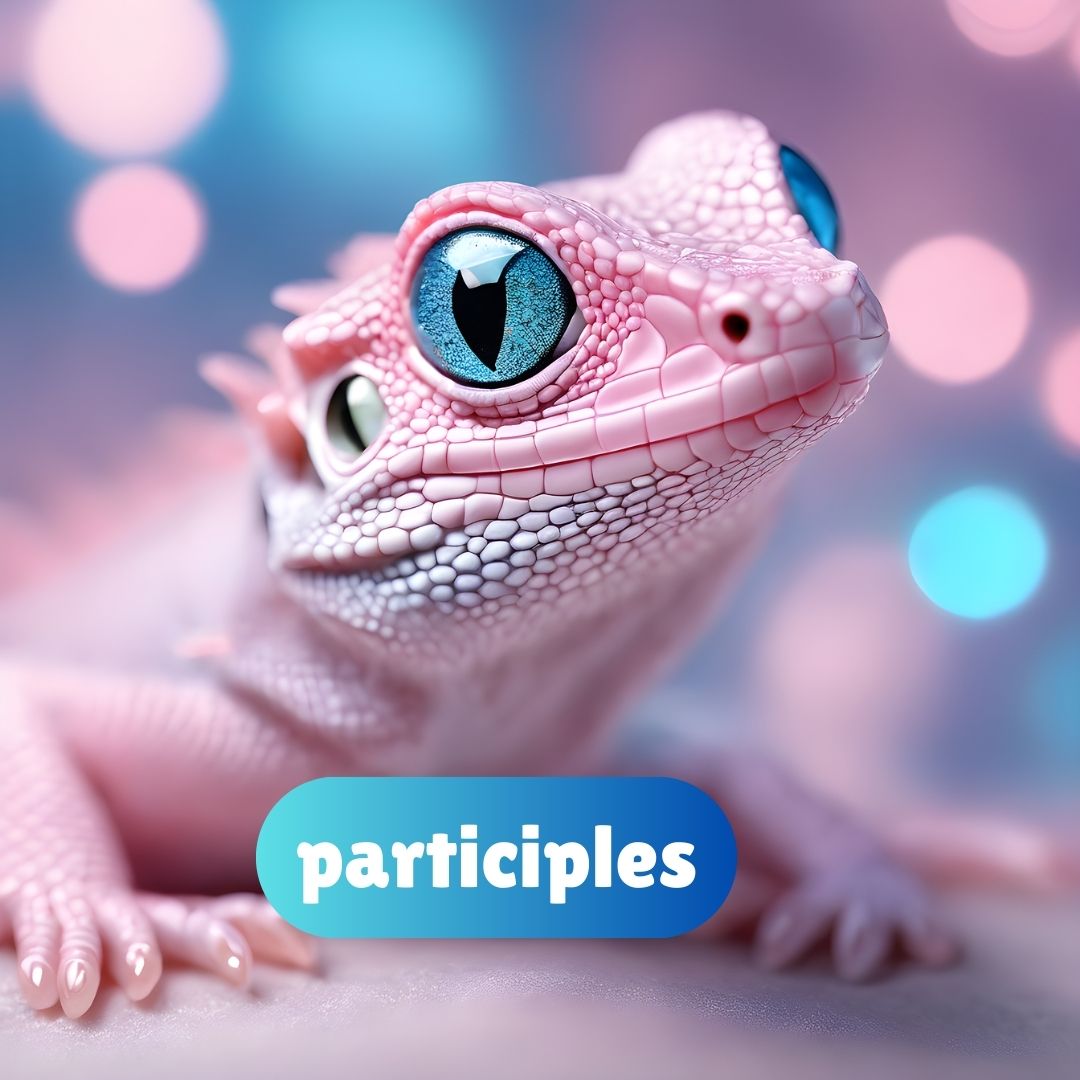Tag: form

Conjugation of to smile in Continuous Tense Form/Passive
This table covers all forms of the verb “to smile” in the Indicative mood, the Passive voice, for the Continuous group of tenses. Passive forms are not applicable for the Future Continuous and Future Continuous in the Past, so those spaces are left vacant.

Conjugation of to smile in Perfect Tense Form/Active
This table covers all forms of the verb “to smile” in the Indicative mood, the Active voice for the Perfect group of tenses, including affirmative, question, and negative forms for all persons

Parallelism in English Grammar
In English grammar, the phenomenon where similar or parallel elements within a sentence are presented with a balanced and harmonious structure is called parallelism. It involves using the same grammatical form or structure for items in a list, a series, or a comparison to enhance clarity, coherence, and overall readability.

The Participle-Non-Finite form of the Verb
The participle is a non-finite verb form that possesses properties of both verbs and adjectives (and sometimes adverbs). It can be used to create verb phrases, participial phrases, and adjectival phrases. Participles, as verb forms that function as adjectives, can be used to modify or describe nouns, effectively turning them into attributes. When a participle is used to modify a noun, it acts like an adjective, providing additional information about the noun.

The Gerund-Non-Finite form of the Verb
The gerund is a non-finite verb form that functions as a noun in a sentence. It is created by adding the suffix ing to the base form of a verb. The gerund can be used as a subject, object, or complement in a sentence